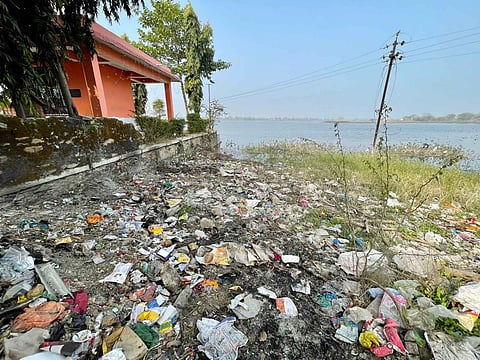
As per a recent report by the National Green Tribunal (NGT), only 56% of the 31 states with sewage treatment plants (STPs) have actually utilized their capacity.
With a total capacity of 1261 STPs, only 56% of them have been utilized for the treatment of municipal sewage. The states have been asked to improve their implementation of Scheme AMRUT 2.0 which was launched in 2021. Under this scheme, 5,791.94 MLD of sewage treatment capacity and 29,105 kilometres of sewerage network are planned.
According to the Ministry of Environment, Forest and Climate Change (MoEFCC), the discharge standards for sewage treatment plants (STPs) were notified in 1986. The Ministry has further amended the rules in 2017.
The report further states that the capacity of STPs in Andhra Pradesh is 473.77% while the mandate is 91%. The Ministry of Housing and Urban Affairs (MoHUA) is responsible for providing basic sanitation services in the cities. The State and Urban Local Bodies (ULBs) have been entrusted with the task of planning, designing, executing, and operating sanitation projects in the urban areas of the country including slums.
In order to overcome the problem of sewage overflow, the AMRUT 2.0 scheme was launched in 2021. Under this scheme, over 5,791.94 MLD of sewage treatment capacity and 29,105 kilometres of sewerage network are planned. So far, the Ministry has approved ₹62,935.90 crore worth of projects in the sewerage and septage sector. 29,105 Km sewerage network and 5,791.94 MLD of sewage treatment capacity is planned in these projects.
You can also join our WhatsApp group to get premium and selected news of The Mooknayak on WhatsApp. Click here to join the WhatsApp group.